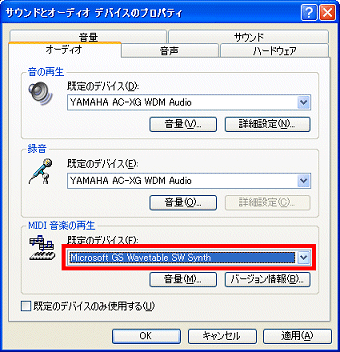

#Wdm audio driver download how to#
The KeywordDetectorAdapter project demonstrates how to develop a keyword detector adapter. For more information, see Windows Audio Processing Objects. It includes sample code that demonstrates how to register and unregister audio processing objects, and also shows how to customize a Control Panel property page to reflect the available features in the processing object. The SwapAPO project demonstrates how to develop audio processing objects.
#Wdm audio driver download drivers#
For more information, see Universal Windows Drivers for Audio. The EndpointsCommon project contains common code to both the tablet and phone. For more information about the Windows audio engine, see Hardware-Offloaded Audio Processing (Windows Drivers). The driver uses a "virtual audio device" instead of an actual hardware-based adapter and highlights the different aspects of the audio offloading WDM audio driver architecture. The driver uses WaveRT and audio offloading for rendering devices. Some of these audio devices are embedded (speakers, mic arrays) in the system while others are pluggable (headphone speaker/mic, Bluetooth headsets speaker/mic).

The TabletAudioSample project demonstrates how to develop a WDM audio driver that exposes support for multiple audio devices. The sysvad solution file contains the following projects. These are working implementations with source code that can serve as a starting point for writing a custom driver for a proprietary audio device. The SYSVAD driver highlights many important features of the WDM audio architecture. System Virtual Audio Device Driver Sample (SYSVAD)


 0 kommentar(er)
0 kommentar(er)
